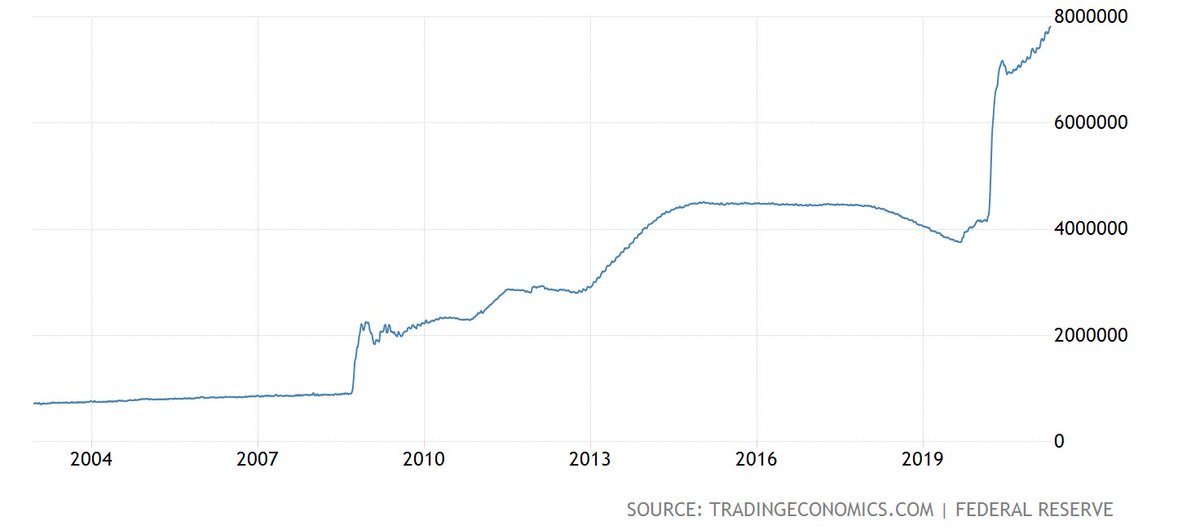
If you aren't familiar with $GSIT and their in-place associative computing platform, take a look. The applications for this tech are limitless: AI/ML, automation, facial recognition, full self-driving, search, data analytics, and robotics to name a few.
gsitechnology.com/APU
gsitechnology.com/APU
ElasticSearch + $GSIT = win.
Convergent technological innovation within search software and search acceleration hardware make billion scale ElasticSearch possible, and GSI Technology's platform can make a big difference.
This is very positive news.
🖱️ embedded.com/converging-tec…
Convergent technological innovation within search software and search acceleration hardware make billion scale ElasticSearch possible, and GSI Technology's platform can make a big difference.
This is very positive news.
🖱️ embedded.com/converging-tec…

$GSIT's APU can also accelerate drug research!
GSI integrated their Python API into the Weizmann Institute’s existing cheminformatics platform (BIOVIA Pipeline Pilot) and replaced the search component in it w/a search component that runs on GSI’s APU.
🖱️ gsitechnology.com/sites/default/…

GSI integrated their Python API into the Weizmann Institute’s existing cheminformatics platform (BIOVIA Pipeline Pilot) and replaced the search component in it w/a search component that runs on GSI’s APU.
🖱️ gsitechnology.com/sites/default/…


Learn more about the potential of the $GSIT Gemini APU image search capabilities with this webinar from GSI Technology. A good primer that covers just one area of the processor's potential in acceleration of search applications.
🖱️ gsitechnology.com/sites/default/…
🖱️ gsitechnology.com/sites/default/…

Then take some time to drill in to the core technology behind $GSIT's Gemini APU with this whitepaper. Informative at a high level, but also technically detailed if you are so inclined.
🖱️ gsitechnology.com/Gemini-APU-Ena…
🖱️ gsitechnology.com/Gemini-APU-Ena…

• • •
Missing some Tweet in this thread? You can try to
force a refresh





